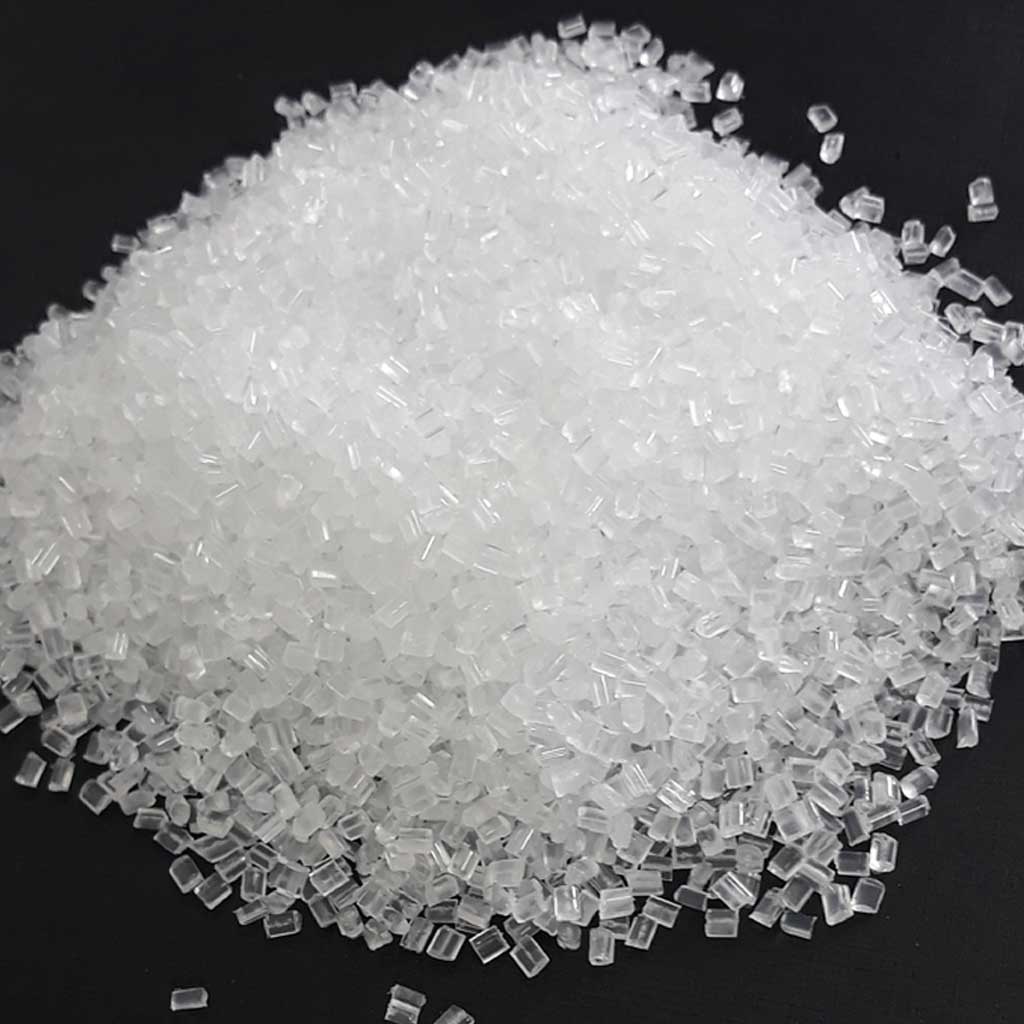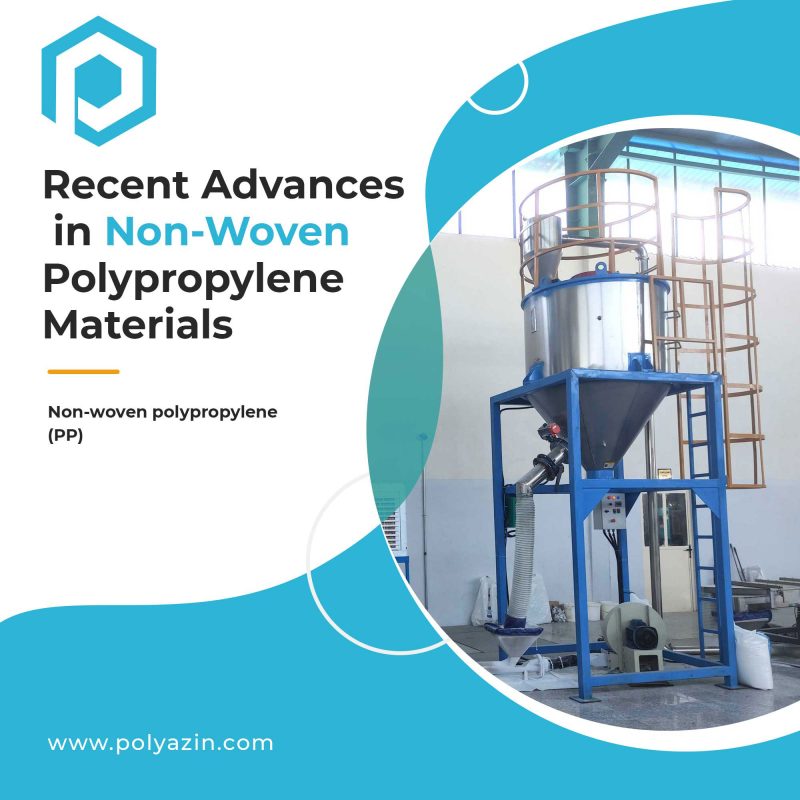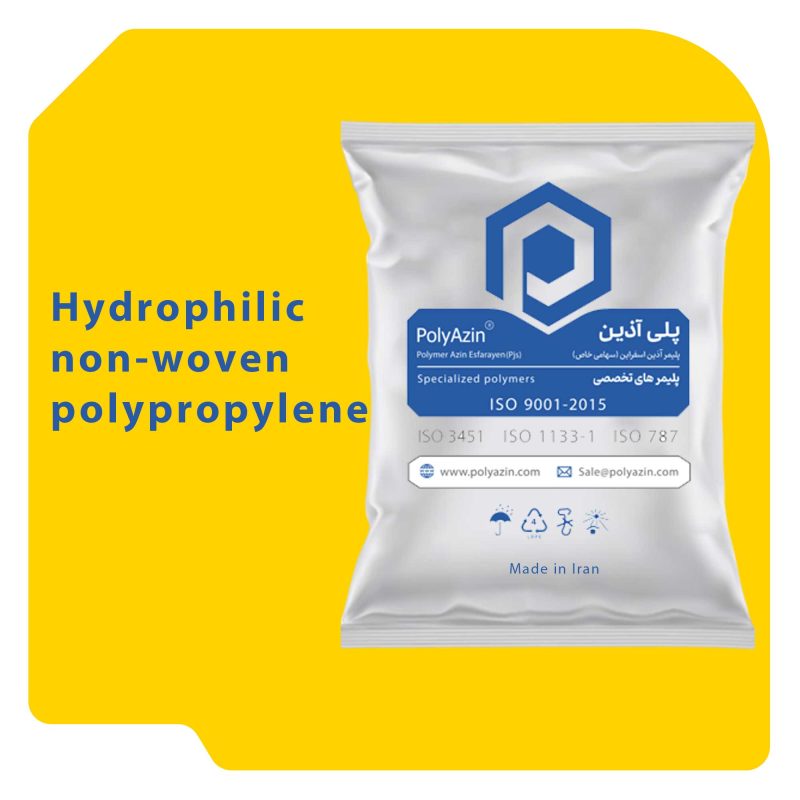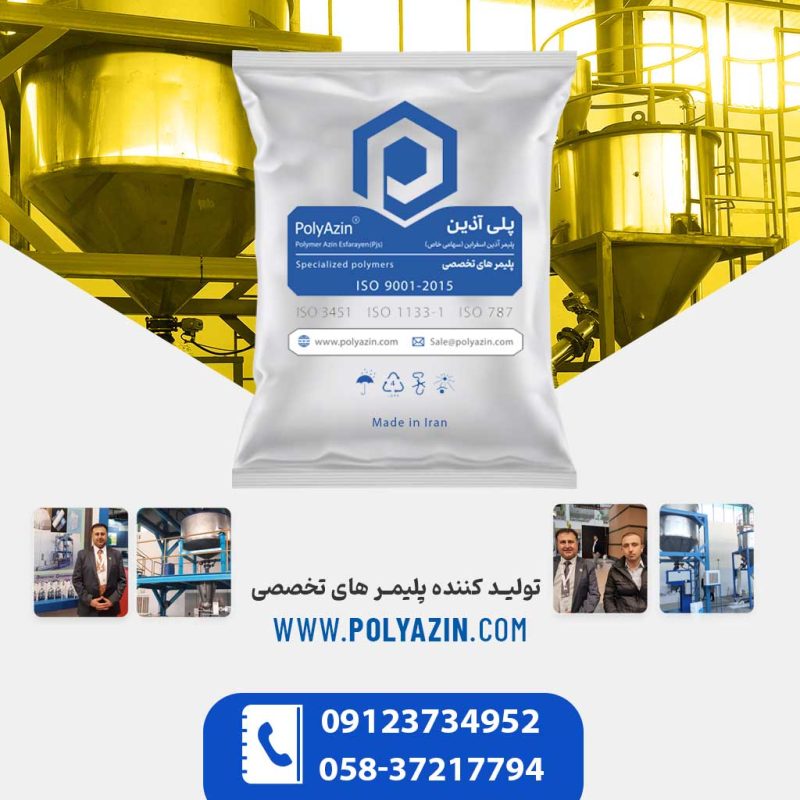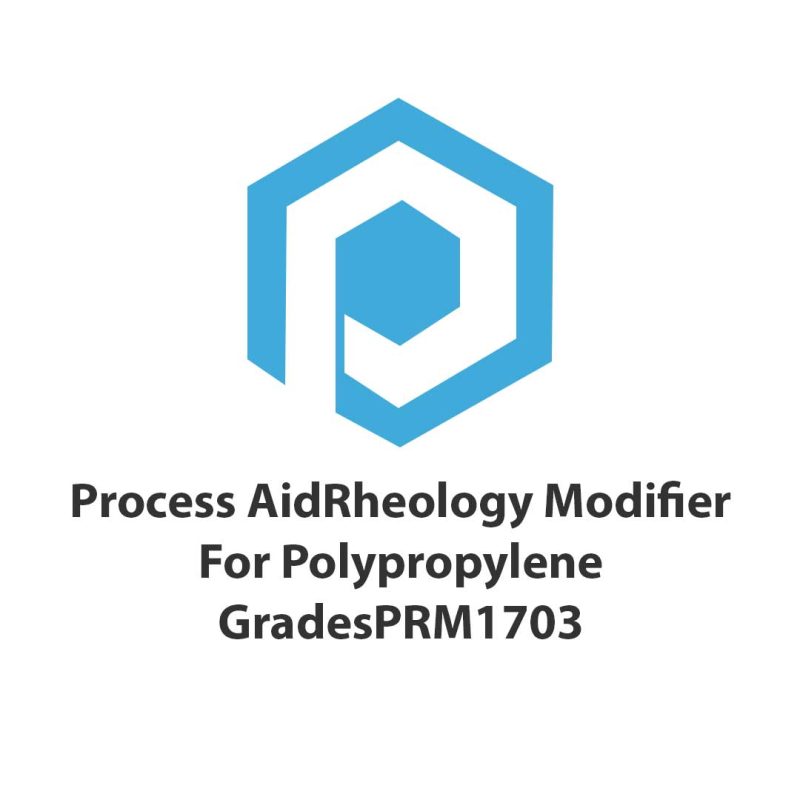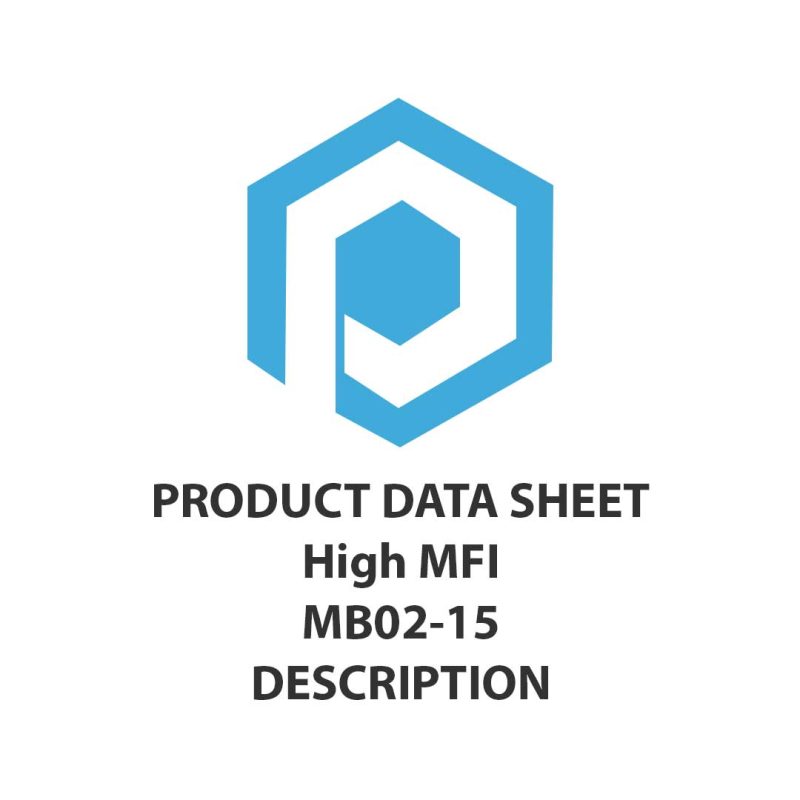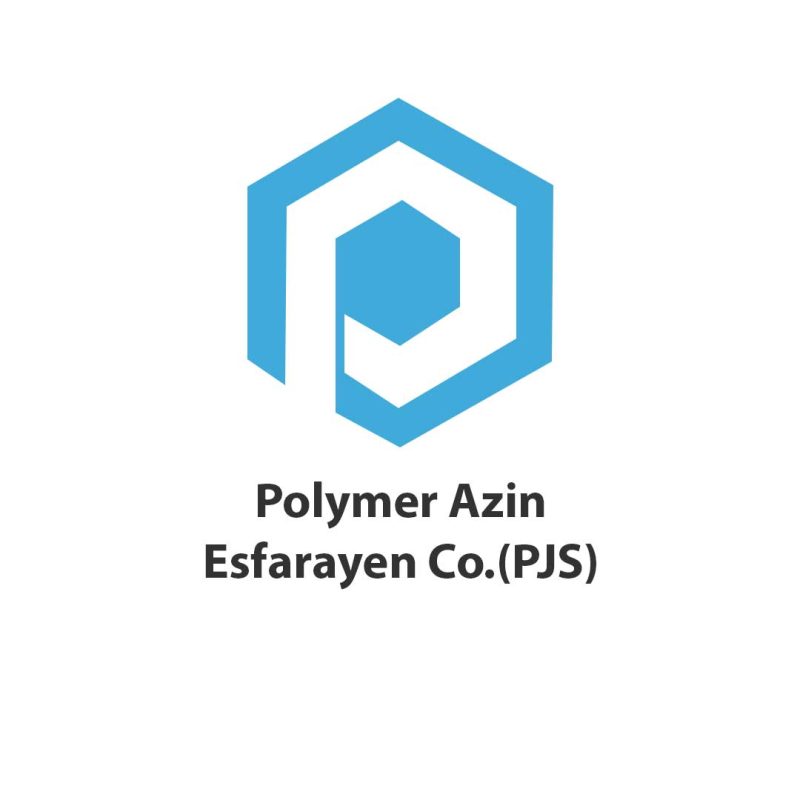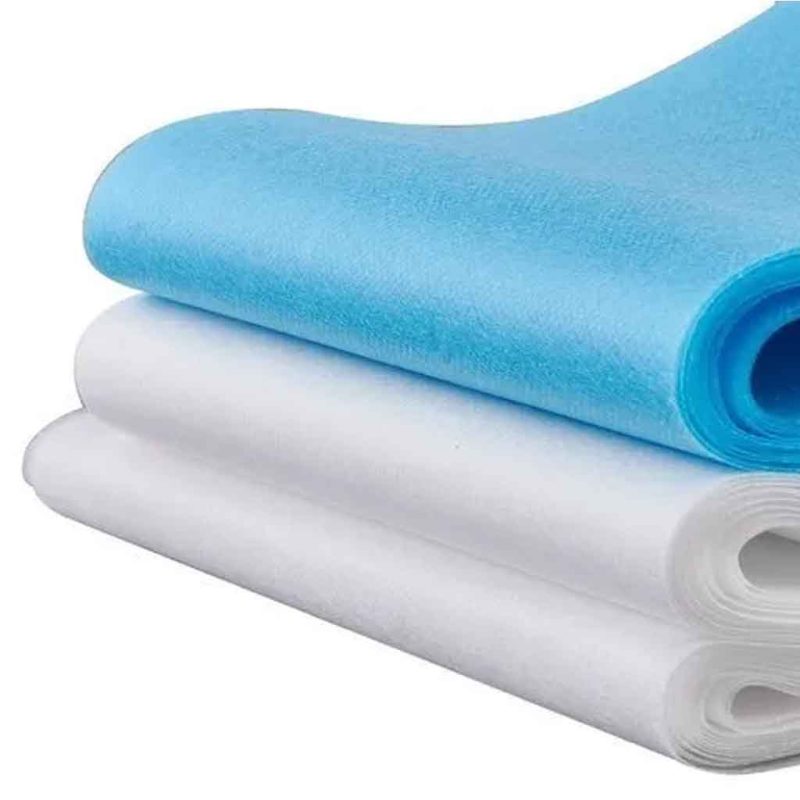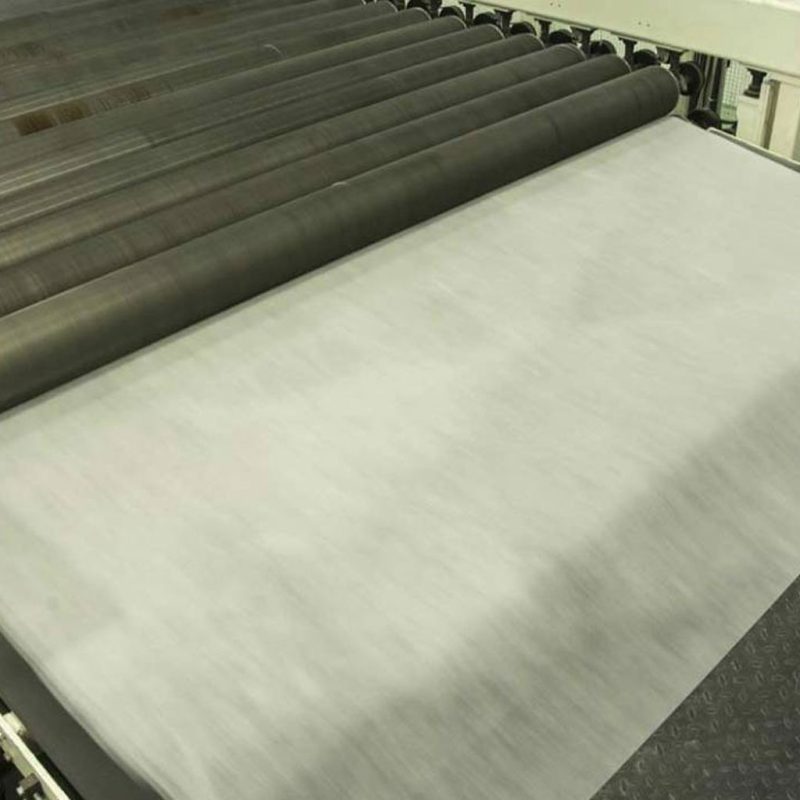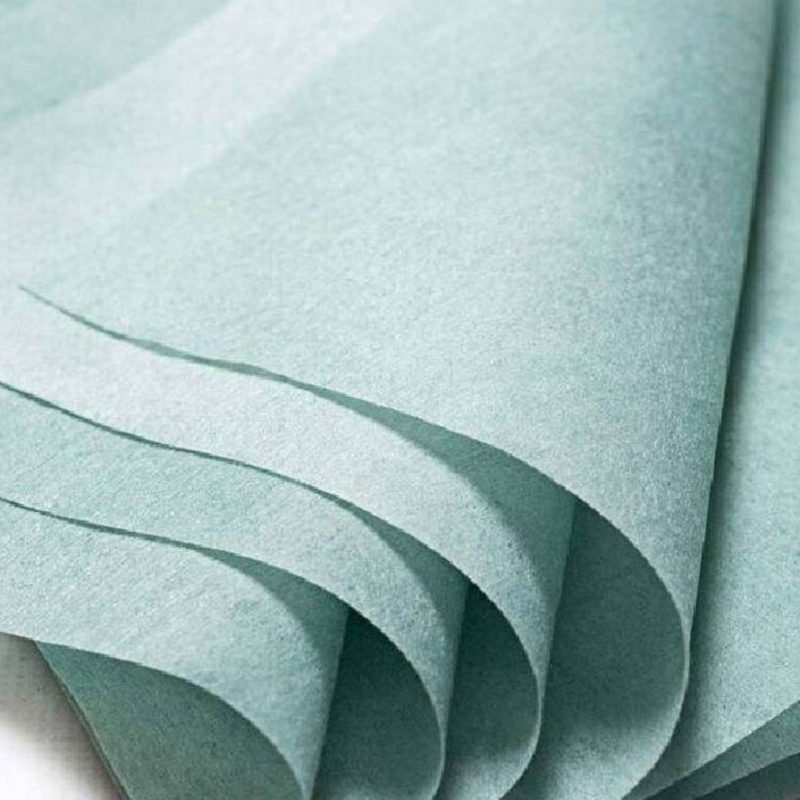Abstract:Non-woven polypropylene (PP) materials have become increasingly popularin recent years due to their unique properties and versatile applications.These materials are widely used in various fields such as textiles, medical,geotextiles, filtration, automotive, and packaging industries.
In this review,we present the latest scientific findings on non-woven polypropylenematerials, including their properties, manufacturing techniques, andapplications. We also highlight the challenges and opportunities in thedevelopment of advanced non-woven polypropylene materials.Introduction:Non-woven polypropylene materials are a type of synthetic polymer that ismanufactured by extruding and spinning polypropylene fibers.
These fibersare bonded together through various techniques such as thermal,mechanical, or chemical bonding to form a non-woven fabric. The resultingfabric has unique properties such as high strength, durability, breathability,water resistance, and chemical resistance, making it an attractive materialfor various applications. Non-woven polypropylene materials are widelyused in the textile industry for making clothing, diapers, and wipes.
Theyare also used in medical applications such as surgical gowns, face masks,and wound dressings. In addition, non-woven polypropylene materials havegained popularity in the automotive and packaging industries due to theirexcellent mechanical properties.Properties of Non-Woven Polypropylene Materials:The properties of non-woven polypropylene materials depend on variousfactors such as the manufacturing process, fiber diameter, basis weight, andbonding technique.
The mechanical properties of non-wovenpolypropylene materials are influenced by the fiber diameter, which affectsthe tensile strength and elongation at break. The basis weight of the fabricalso affects the mechanical properties, with higher basis weight resulting inhigher tensile strength and lower elongation at break.
The water resistanceand breathability of non-woven polypropylene materials are influenced bythe bonding technique used. Thermal bonding results in a more waterresistant fabric, whereas chemical bonding results in a more breathablefabric.Manufacturing Techniques:Non-woven polypropylene materials can be manufactured using varioustechniques such as melt-blown, spun-bond, and needle-punchedprocesses.
The melt-blown process involves extruding molten polymerthrough small nozzles to form fine fibers that are then collected ona conveyor belt to form a non-woven fabric. The spun-bond processinvolves extruding molten polymer through a spinneret to form continuousfilaments that are then laid on a conveyor belt and bonded together toform a non-woven fabric.
The needle-punched process involves entanglingthe fibers using a series of needles to form a non-woven fabric.Applications:Non-woven polypropylene materials have found numerous applications invarious industries.
In the textile industry, they are used for making clothing,diapers, wipes, and bedding products. In the medical industry, they areused for making surgical gowns, face masks, and wound dressings. In theautomotive industry, they are used for making car interiors, seat covers, andheadliners. In the packaging industry, they are used for making shoppingbags, food packaging, and agricultural packaging. Non-wovenpolypropylene materials are also used in geotextiles for erosion control,filtration applications, and construction.
Challenges and Opportunities:Despite the numerous advantages of non-woven polypropylene materials,there are still challenges that need to be addressed. One of the majorchallenges is the disposal of non-woven polypropylene materials, as theyare not biodegradable and can contribute to environmental pollution.
Research is being conducted to develop biodegradable non-wovenpolypropylene materials that can be recycled or composted. Anotherchallenge is the potential release of microplastics from non-wovenpolypropylene materials, which can have negative impacts on theenvironment and human health. Research is being conducted tounderstand the extent of this issue and develop mitigation strategies.Conclusion:Non-woven polypropylene materials have gained widespread attention dueto their unique properties and versatile applications.
The latest scientificfindings on non-woven polypropylene materials have shown that they haveexcellent mechanical, chemical, and physical properties, making themsuitable for various industries such as textiles, medical, automotive, andpackaging.
Despite the challenges in the disposal and potential release ofmicroplastics, advancements in technology and research can address thesechallenges and create new opportunities for the development of advancednon-woven polypropylene materials.

